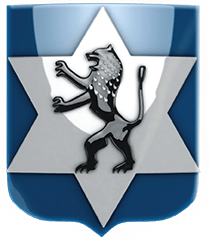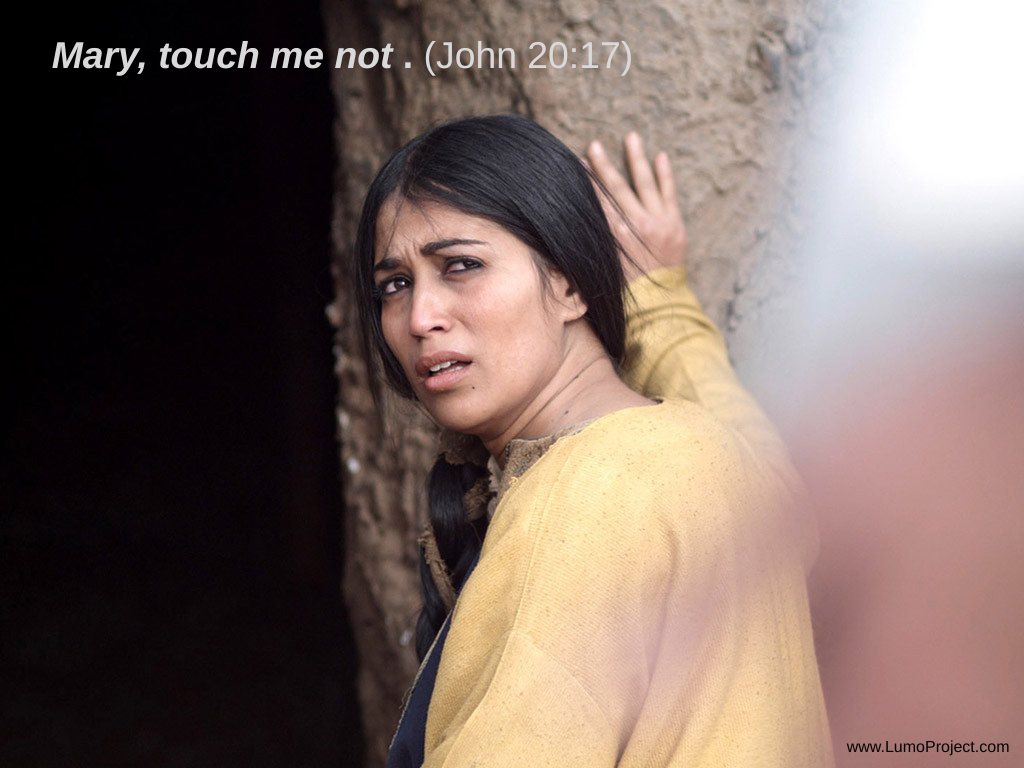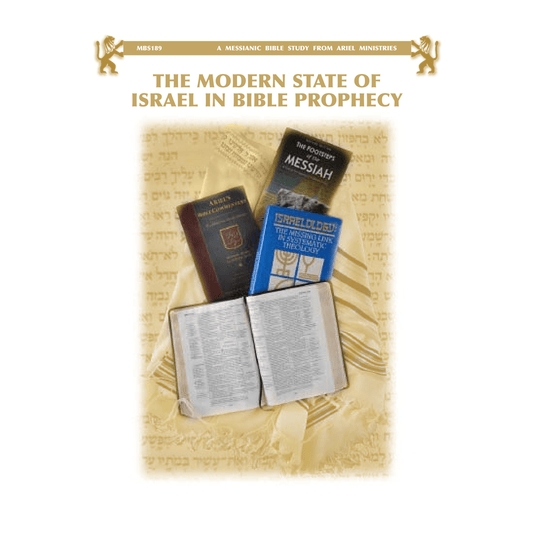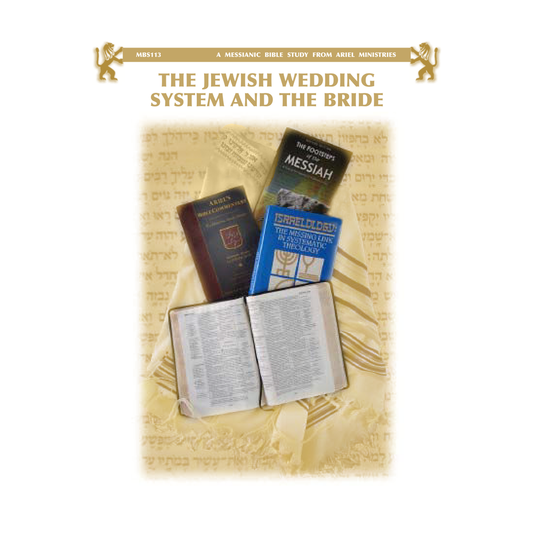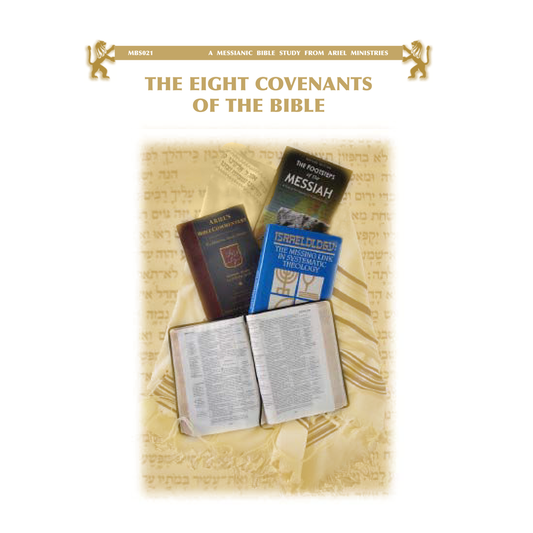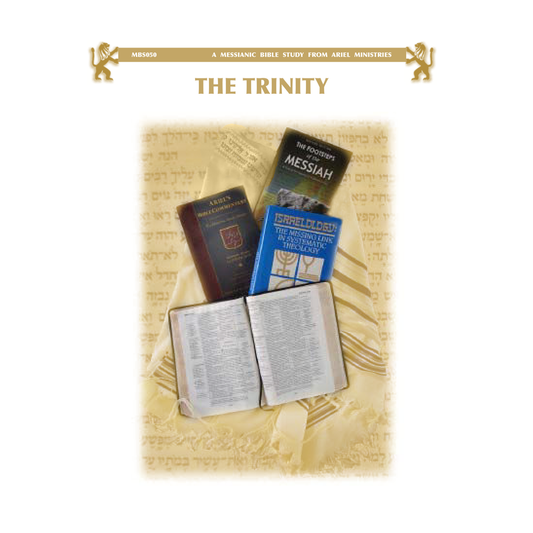As Mary moved toward Him, Jesus said to her, Touch me not (Jn. 20:17). Many have asked why Jesus forbade her to touch Him when later that day, He allowed other women to do so. A week later, He even commanded Thomas to put his finger on His hands and His side (Jn. 20:27).
Why Jesus told Mary not to touch Him is directly related to the Mosaic Law. He explained: for I am not yet ascended unto the Father (Jn. 20:17). His statement specifically related to the high priest’s activities on the Day of Atonement (Lev. 16). The high priest began the day by removing the multicolored garments he wore on a daily basis. Once undressed, he underwent a ritual immersion, then put on the white garments, symbolizing purity, that he wore only once a year, on the Day of Atonement. After this, the priest went through the whole procedure, and when he finished, he took off his white clothes, underwent a second ritual immersion, and put on his multicolored garments.
If anyone touched the high priest between the first and the second immersion, it rendered him unclean, and he could not enter the Holy of Holies to sprinkle the goat’s blood upon the mercy seat; he could not make the atonement with the blood. Therefore, until the ritual was completed, the high priest was untouchable.
The tabernacle Moses built on earth was merely a copy of something already existing in heaven. While the earthly tabernacle could be cleansed by animal blood (Lev. 17:11; Heb. 9:22), the heavenly tabernacle required cleansing by better blood, innocent human blood. Jesus, in His function as the perfect high priest, ascended into heaven at some point to sprinkle His blood in the heavenly tabernacle to cleanse it (Heb. 9:11, 12, 24; 10:12).
Ezekiel 28:11-19 explains why this tabernacle needed to be cleansed: Satan, a cherub, the highest order of celestial beings, had defiled it. He was the anointed cherub, and prior to his fall, Satan had some kind of priestly function. He was the angelic choir director, so to speak, and led the other angels in the worship of God in heaven. He was covered with ten special stones, the same kind of stones that were set on the breastplate of Israel’s high priest.
At some point, He rejected this exalted position; Isaiah 14 tells us that Satan wanted to make himself like God. This was Satan’s sin, and when he sinned in heaven, he defiled the heavenly sanctuary. Ezekiel used the plural, sanctuaries, because both the Holy Place and the Holy of Holies were defiled. Because these are heavenly sanctuaries, they require cleansing by better blood. Jesus had to ascend into heaven to sprinkle His blood in the heavenly sanctuary. When He encountered Mary, His comment suggests that He had not yet cleansed the heavenly tabernacle, making Him untouchable. Once He performed His duty as the perfect high priest, He could return, and people could touch Him.
Arnold G Fruchtenbaum, Ariel’s Yeshua: Life of Messiah from a Messianic Jewish Perspective – The Abridged version (San Antonio, TX: Ariel Ministries, 2019), pg. 683.
